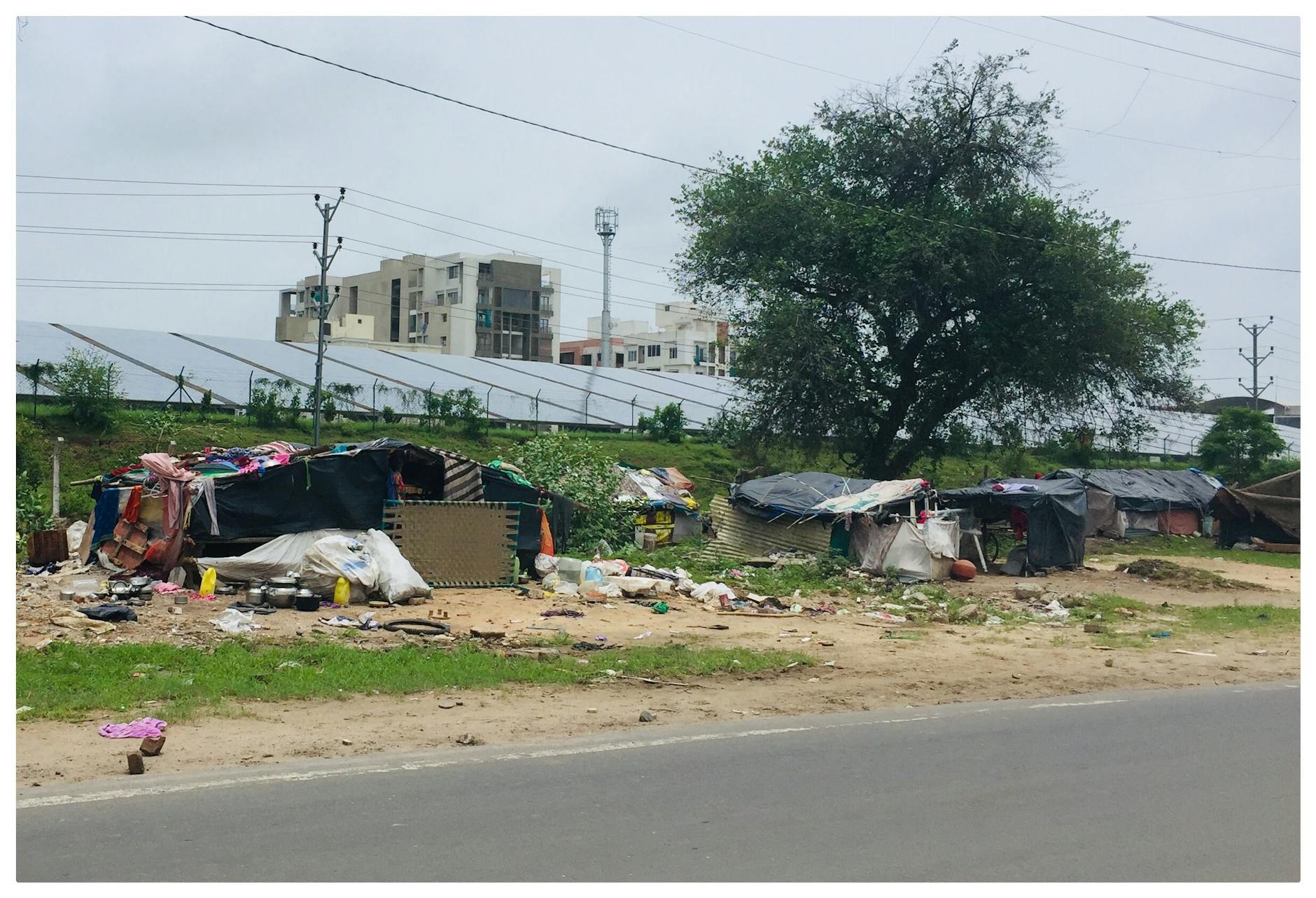Emerging Trends in Affordable and Low-Income Housing Development
Emerging trends in affordable and low-income housing development reflect a dynamic shift in how communities address the growing demand for accessible, sustainable, and cost-effective living spaces. With urban populations expanding and housing affordability worsening in many regions, developers, policymakers, and technologists are collaborating to innovate solutions that meet the needs of low-income residents without sacrificing quality or environmental impact. This article explores some of the most significant trends currently shaping the future of affordable housing, including technological advancements, funding strategies, sustainable design practices, and community-focused development. Understanding these trends is crucial for stakeholders aiming to foster equitable and resilient neighborhoods that offer dignity and opportunity to underserved populations.
Integrating technology and modular construction
The use of technology in affordable housing has dramatically transformed construction efficiency and cost management. Modular construction, which involves prefabricating units in factories before assembling them onsite, reduces building time and waste significantly. Innovations such as 3D printing of building components also contribute to faster and cheaper home production. These technologies not only lower labor costs but improve precision, reducing material waste and rework expenses. Additionally, smart home technologies are increasingly integrated into low-income housing projects to enhance safety, energy efficiency, and tenant convenience, helping to reduce utility costs in the long term.
Innovative financing models and public-private partnerships
New approaches to financing affordable housing are critical to overcoming the funding gaps that often stall projects. Public-private partnerships (PPPs) have become a preferred mechanism, leveraging government incentives with private sector investment to maximize resources and expertise. Social impact bonds and community land trusts also emerge as effective tools for sustaining affordability, allowing residents to benefit from long-term stability and wealth-building opportunities. Below is a comparison of popular financing models:
| Financing Model | Description | Advantages | Challenges |
|---|---|---|---|
| Public-Private Partnerships | Collaboration between government and private developers. | Access to incentives and expertise, risk sharing. | Complex coordination, regulatory hurdles. |
| Social Impact Bonds | Private capital funds social projects, returns linked to outcomes. | Focus on measurable impact, attracts socially minded investors. | Complex setup, outcome measurement challenges. |
| Community Land Trusts | Nonprofit holds land to maintain affordability. | Long-term price stability, resident empowerment. | Limited scalability, requires strong community governance. |
Sustainability and green building practices
Environmental considerations are increasingly embedded in affordable housing development. Green building certifications such as LEED and ENERGY STAR are more widely pursued, ensuring projects meet strict sustainability criteria. These practices not only minimize environmental impact by using energy-efficient materials and renewable energy but also reduce operational costs for residents. Water-saving technologies, improved insulation, and solar panels make homes more affordable to operate. The integration of green spaces encourages better health and social interaction, supporting holistic community well-being.
Community-centric design and social equity
Emerging trends highlight the importance of designing affordable housing with a strong community focus. Creating mixed-income neighborhoods that promote social integration, accessibility to transit and services, and shared community amenities shifts the paradigm from merely providing shelter to fostering thriving communities. Planners are increasingly engaging residents in the design process to ensure developments meet actual needs. This participatory approach helps combat stigma, promotes equity, and supports sustainable urban growth by blending affordable housing with broader neighborhood ecosystems.
Conclusion
The landscape of affordable and low-income housing development is evolving with technological advances, new financing mechanisms, sustainability initiatives, and community-focused design principles working in concert to meet growing urban challenges. Modular construction and smart technologies streamline building processes and reduce costs, while innovative financing models provide necessary capital and long-term affordability security. Green building standards improve environmental and economic outcomes for residents, and a greater emphasis on participatory, community-centered development fosters inclusivity and resilience. Together, these trends not only address immediate housing needs but also lay the foundation for equitable, sustainable communities prepared for future growth and change.
Image by: Chris John
https://www.pexels.com/@chrisjohn
editor's pick
latest video
news via inbox
Nulla turp dis cursus. Integer liberos euismod pretium faucibua

